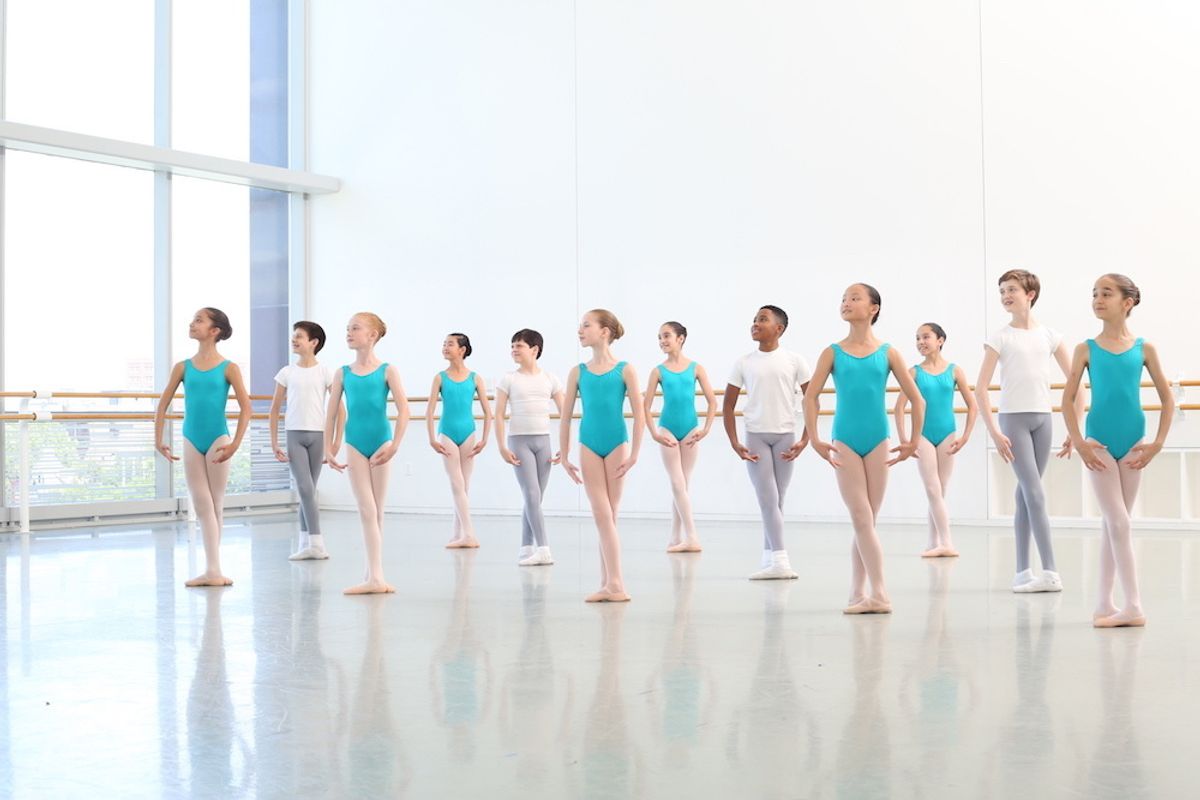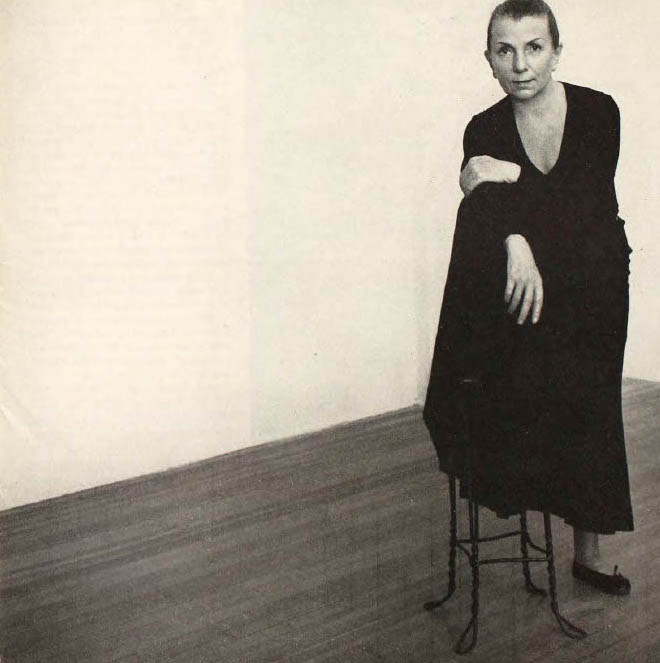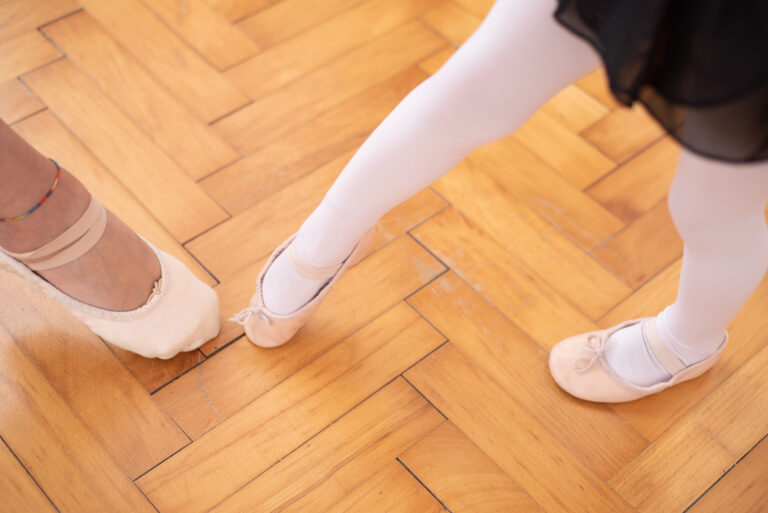
To an untrained eye, fifth position might look simple and easy. But the iconic crossed position of the legs and feet proves to be one of the most challenging classical ballet positions for dancers to do correctly, and for teachers to introduce properly.
At Central Pennsylvania Youth Ballet, teachers take a hands-on approach. “We rotate the tops of the backs of the legs forward, so students understand how those muscles should work,” says Darla Hoover, associate artistic director. “We put their body in the right position while pointing to areas they need to hold. It’s a constant narrative. You can’t just slap them into fifth and call it a day.”
Some leading schools differ in their philosophies about how and when the position should be taught. But they all agree that dancers need strength, good alignment and careful guidance to ensure that they find their best fifth.
What defines fifth position?
In classical ballet, fifth position is most simply defined as standing with the feet turned out so the front foot’s heel touches the back foot’s toe. But depending on the style and teacher’s preference, there could be slight variations. Hoover describes fifth as “no space between the feet” and crossed so “you can’t see the back foot when you’re looking at the dancer from the front.” At Houston Ballet Academy, lower-school principal and children’s ballet master Beth Everitt says that when dancers are able, “the heel should fit in the divot between the big-toe joint and the bunion.”
Some schools prefer a gentle fifth, more like third position, for students with little rotation or strength. “It needs to be ideal for the student,” says Dalia Rawson, executive director of the New Ballet School in California. “When you have a student who can do a full-crossed fifth position, that’s the aesthetic that professional companies are looking for. But when you’ve got a recreational student, it’s got to be what’s best for his or her body.”
When to introduce fifth
Hoover’s first-year students learn fifth position almost immediately. “We teach first and second positions facing the barre and move into fifth right away to do demi-pliés,” she says, referring to the curriculum developed by Marcia Dale Weary. “When they’re young, they’re so malleable. We get them to have stiff knees in fifth and find those seat muscles right away.”
Rawson teaches American Ballet Theatre’s national training curriculum and introduces fifth position in primary levels. “When dancers are approximately 10 years old and start working with one hand on the barre, we start doing more in fifth,” she says. “Steps such as changement and assemblé are examples of vocabulary that we use at that level.”
Everitt’s 7- and 8-year-old students work in a gentle fifth until they are able to activate their turnout. “Then they continue sliding past third into fifth, feeling the legs cross like an X with the back knee hidden behind the front knee,” says Everitt.
While these approaches have different timelines, they all stress the importance of making sure dancers have correct alignment and good control over first position—first.
Enforce (don’t force) turnout
To help students feel their turnout muscles, Everitt might ask them to do demi-plié in fifth. She takes the seams of their tights and pulls in opposition as they slowly straighten their legs. “They have to understand that the backs of the legs need to be activated,” she says. “I always tell them to make their best fifth, but if they are forcing their turnout or cannot sustain their rotation, then it isn’t their best fifth either.” Hoover encourages teachers to look for signs of forced turnout: bent knees, a tilted pelvis and pronated arches. “That’s an injury waiting to happen,” she says.
At some point, when the dancers are older (about age 14) and have developed solid technique, the last degree of turnout might come from the bottom of the leg. “The knee will probably not be exactly over the middle of the foot to achieve that professional line,” says Rawson. “We all like to pretend it doesn’t exist, but it’s a true thing. It should only be a final touch and something that happens once everything else is healthy, strong and in alignment.”
For most dancers, fifth position will always be a work in progress. “I try to encourage dancers to explore what they may not know is possible,” says Everitt. “It’s kind of like a wet towel. You wring it out once and think you’ve gotten all the water out, but the more you work at it, you find you can eke out another drop.”




